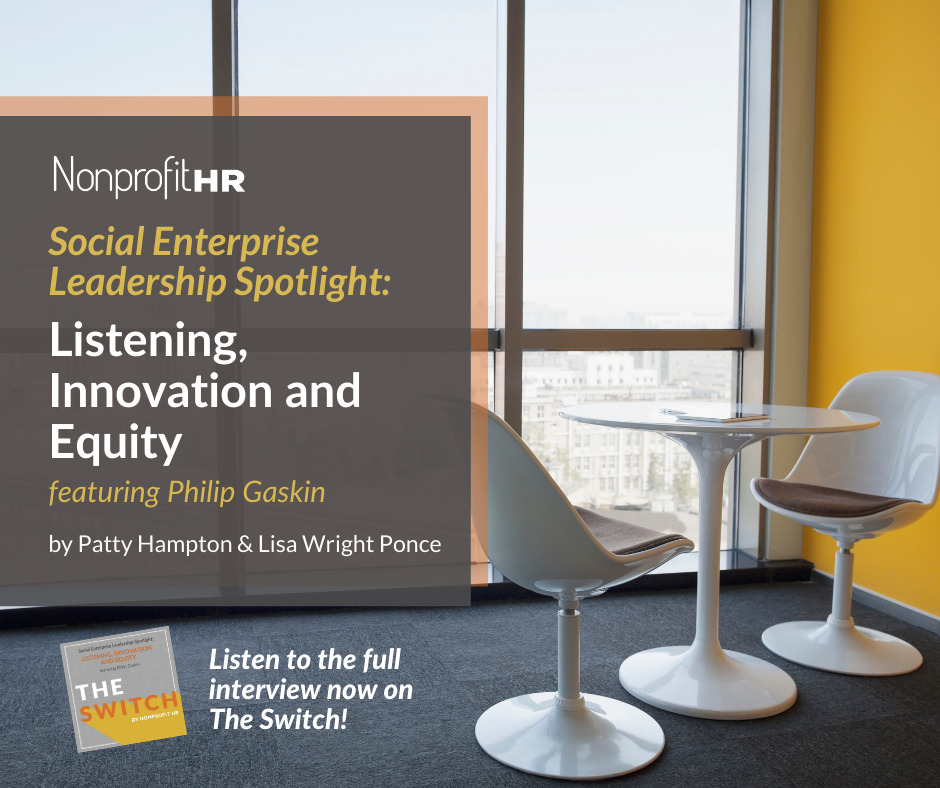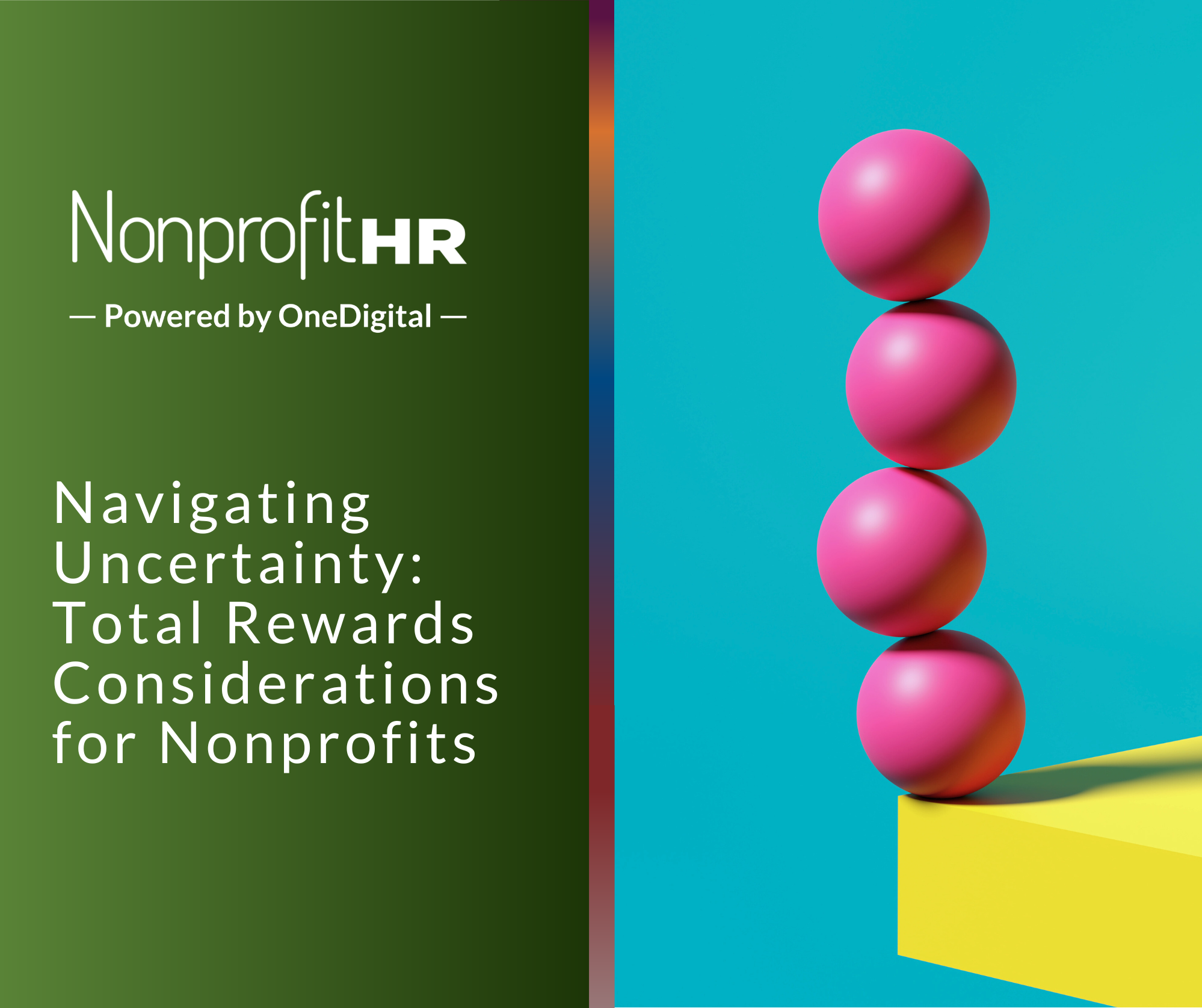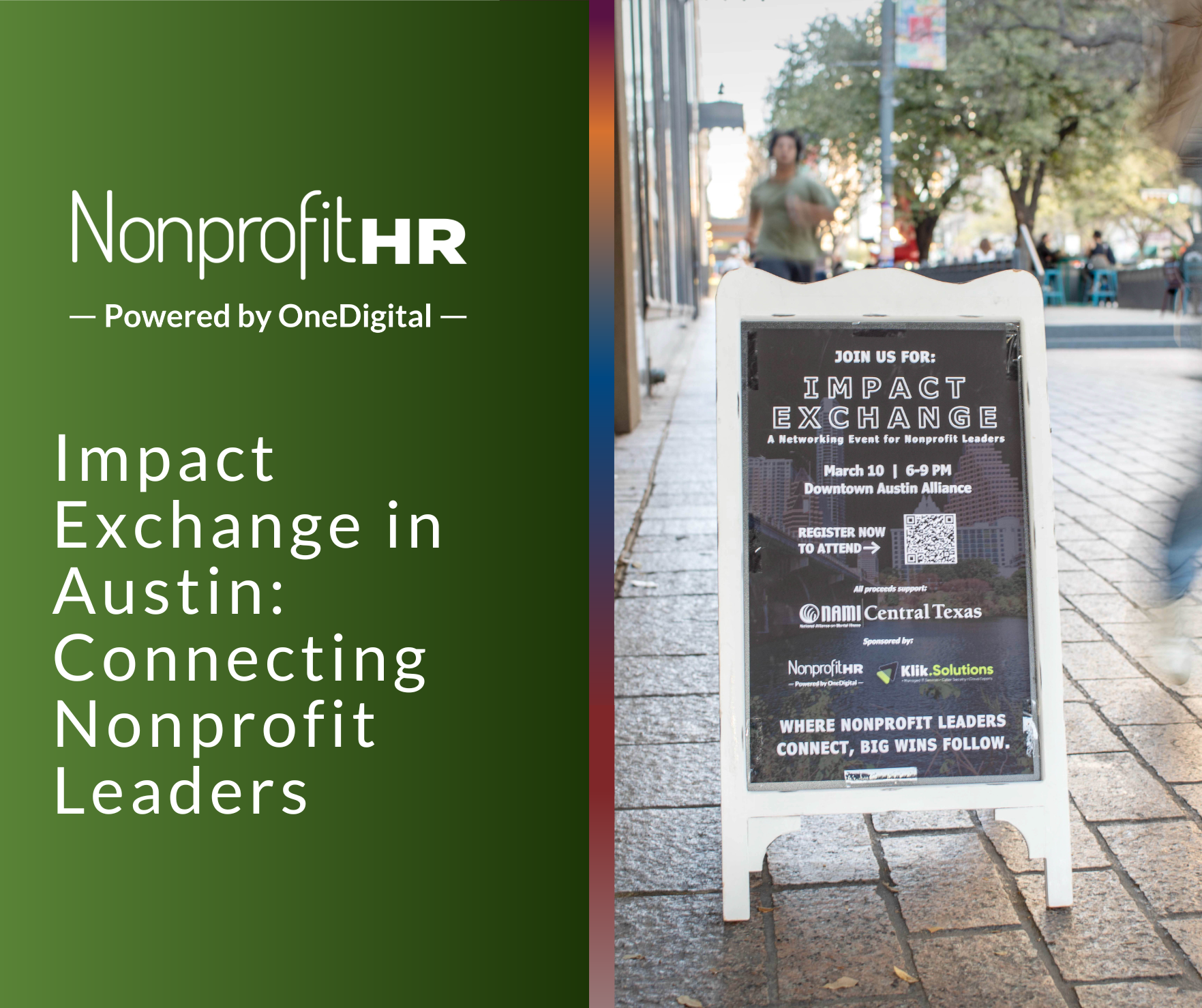WTOP: 5 ways nonprofits can…

We sat down with Philip Gaskin, Vice President of Entrepreneurship at the Ewing Marion Kauffman Foundation, to discuss leadership, fostering innovation and the role of equity in collaboration.
Listening and leadership
Getting to know employees, specifically by listening 70% of the time and talking 30% of the time, allows leaders to create a work culture or environment that enables lived experiences to surface in a way that’s meaningful, productive and safe. Gaskin describes that this means understanding employees and cultivating individual relationships with them as much as you can. He further notes, “Being authentic, and having [employees] see you and you see them, and understanding you’re on the same mission together—while setting effective and healthy boundaries or accountabilities—that’s really the cornerstone.”
In addition, getting to know staff on a deeper level allows leaders to better understand their skills and strengths. “Through listening,” Gaskin says, “you’ll figure out what makes them thrive, how they get to their highest vibration, what their challenge points are, how you can help them, and how you can clear the barriers and get out of their way in order for them to do great things.”
Fostering innovation while empowering leaders
The ability to foster innovation and empower social enterprise leaders to “get out the way” is contingent on the type of workplace culture that exists. In fact, according to the 2021 Nonprofit Return to Workplace Pulse Survey, 58% of social enterprise respondents using a hybrid workforce model reported “Collaboration and teamwork” as one of their top three greatest organizational concerns. Gaskin indicates, “This is where it’s dependent upon the leader to create the environment, create the condition, in order to learn and listen to what the entrepreneurs bring to the table.”
He further details an example of the Foundation’s Mayors Conference of Entrepreneurship. This conference serves to “provide the space for mayors to discuss metrics, innovative policies, and ways to take action.” Three years ago, Gaskin says, the Foundation began to invite entrepreneurs to this event with the intention to allow for collaboration between the mayors and entrepreneurs. “The entire conference changed, we took the mayors and the entrepreneurs and went from hotel conference rooms to a coworking space. We went through design thinking with white boards and it was amazing seeing mayors and entrepreneurs just creating,” he expresses. This new environment allowed mayors to approach the challenges, issues and problems within their cities with a new entrepreneurial mindset. As well, changing the conditions for the entrepreneurs allowed for this greater space of creation where everyone was being heard.
The role of diversity, equity and inclusion in collaboration
Building these types of collaborative spaces to share ideas is a common characteristic of social enterprises, and it naturally makes way for more diverse voices. “When you are trying to change social conditions, its people at the forefront. People have to be in the conversation. The people theme is more present. Then that drives the question, are all voices at the table? That’s why you have diversity, equity and inclusion enmeshed into social organizations because it’s so key,” Gaskin says.
As the people focus of social enterprises helps the overall integration of DEI into the organization, Gaskin emphasizes the equity piece. “I say the most key letter in DEI is ‘E,’ or equity, because you can have a diverse room of people and you can have an inclusive room of people, but that doesn’t mean it’s equitable. It doesn’t mean that everyone’s voice is heard or that everyone has a seat at the table.” An emphasis on people and DEI principles can further translate to authentic and transparent practices both internally and externally. “For social enterprises, it’s about the people aspect, grounding in that and understanding what makes people thrive—being seen, being listened to, being part of things. If you’re not practicing that internally, how are you going to make change for people externally?”
Listen to the whole interview with Philip Gaskin on The Switch!
Interviewers: |
 |
Guest: |
| Patty Hampton, CSP Chief Social Impact Officer & Managing Partner Nonprofit HR Read full bio |
Lisa Wright Ponce, MSHR, SHRM-SCP, SPHR, sHRBP Senior Consultant, Strategy & Advisory Nonprofit HR Read full bio |
Philip Gaskin Vice President of Entrepreneurship Ewing Marion Kauffman Foundation Read full bio |
About The Switch
The Switch offers access to Nonprofit HR’s talent management knowledge presented by our expert consultants, media partners, and guests from across the social impact sector. For over 20 years, Nonprofit HR has produced content that illuminates critical, timely and insightful knowledge for leaders of social impact organizations. Insights from this podcast shine light on the full talent management lifecycle, from employee attraction to organizational culture, engagement, performance management and retention.





























